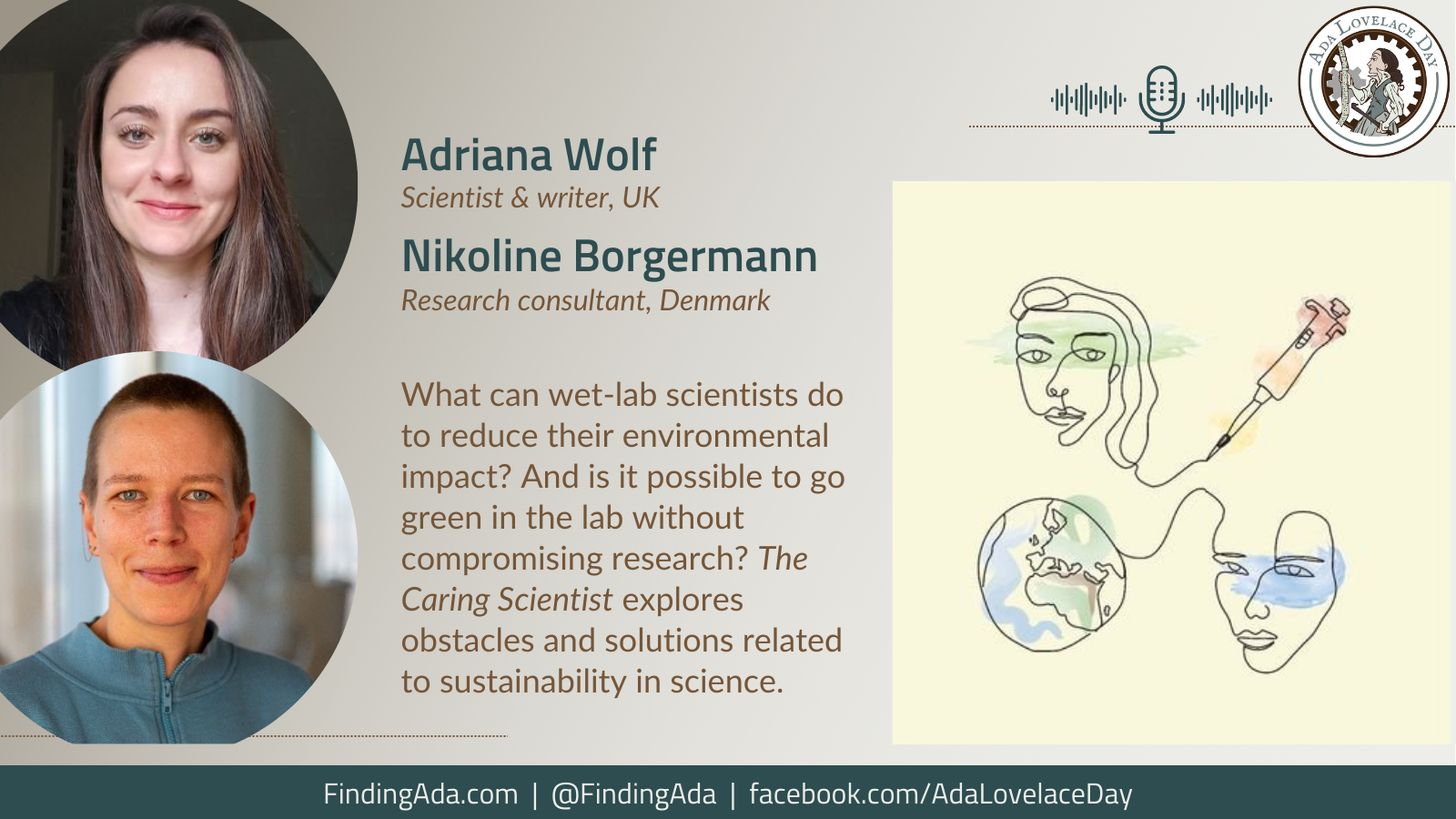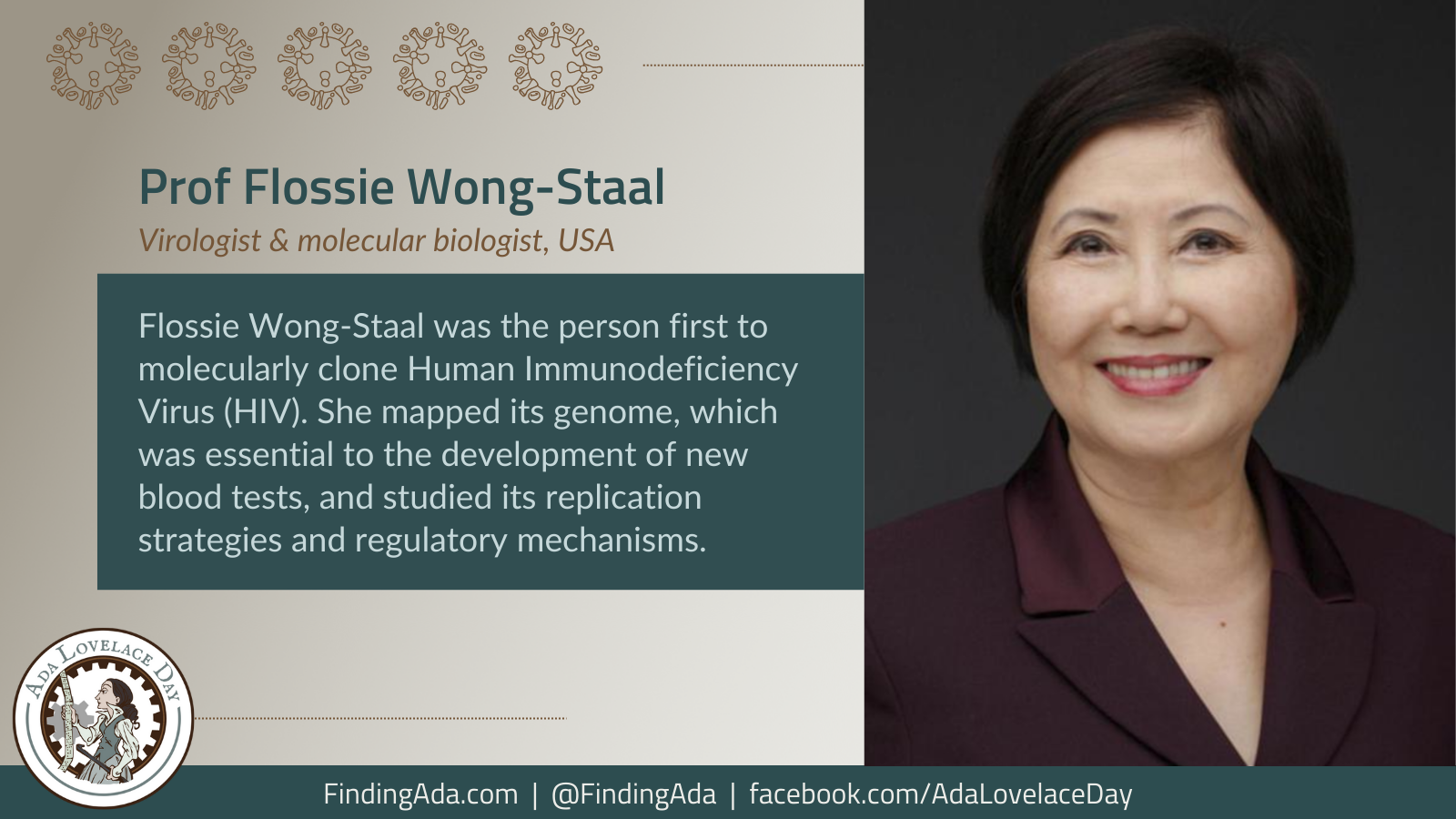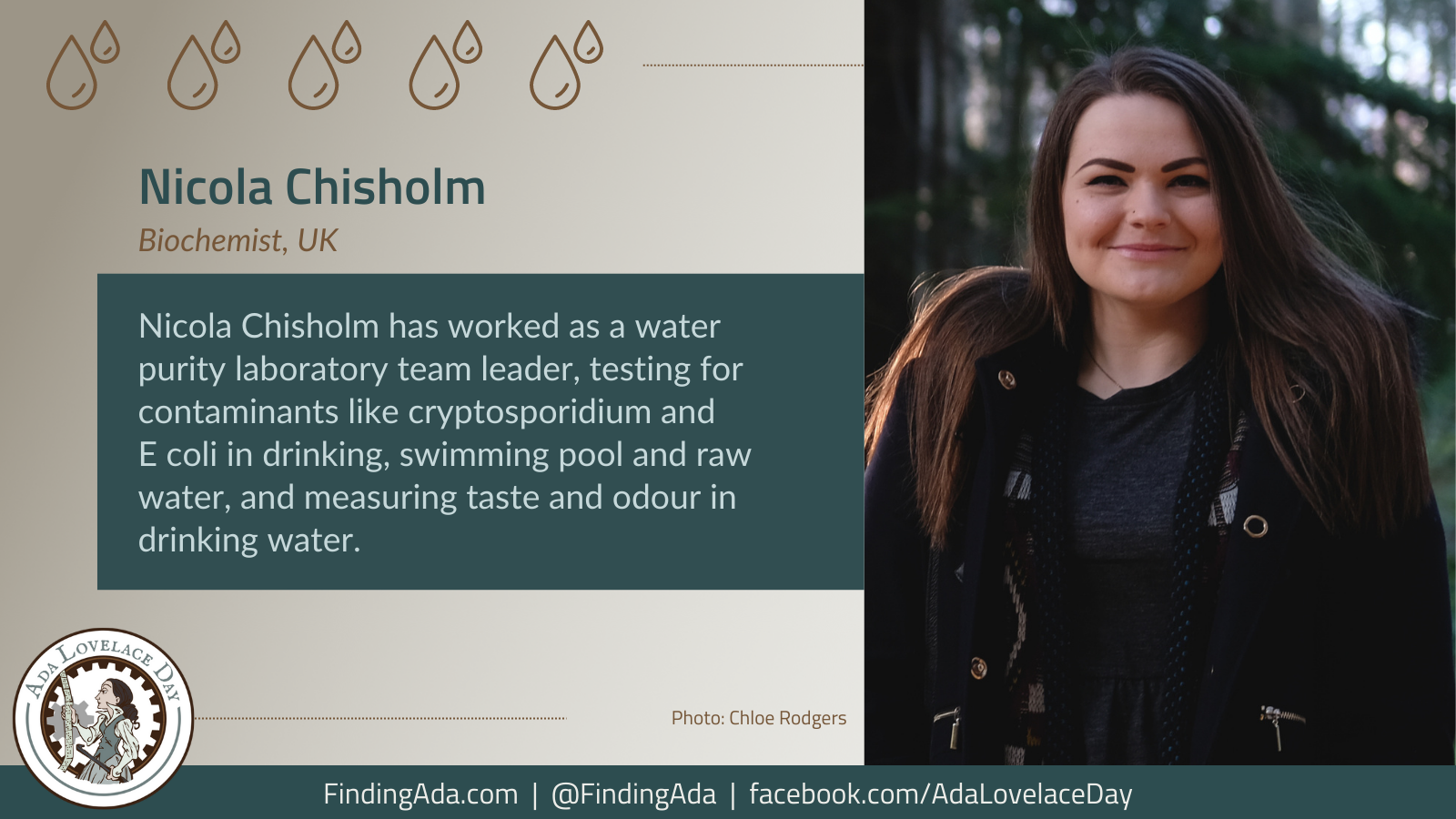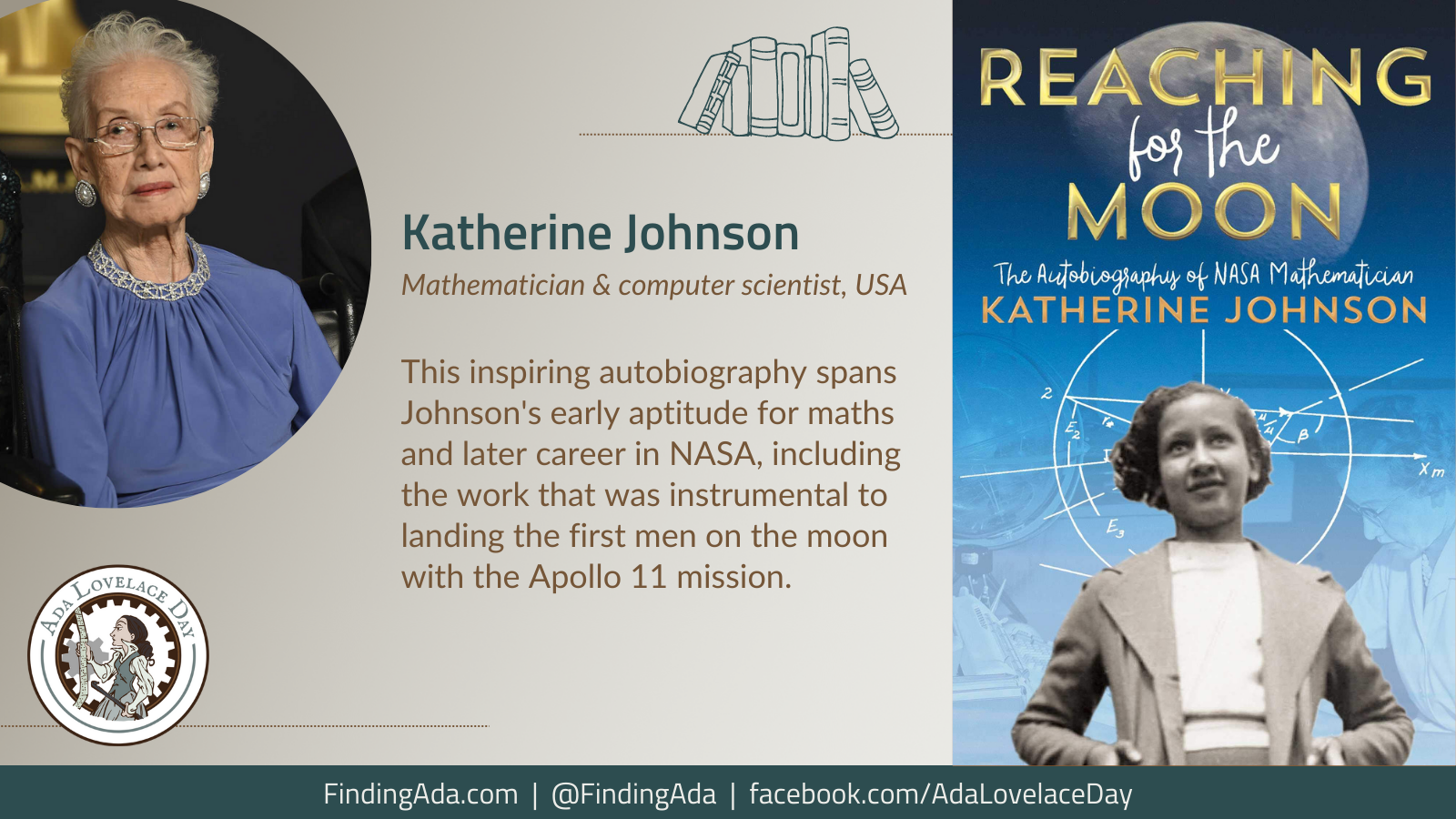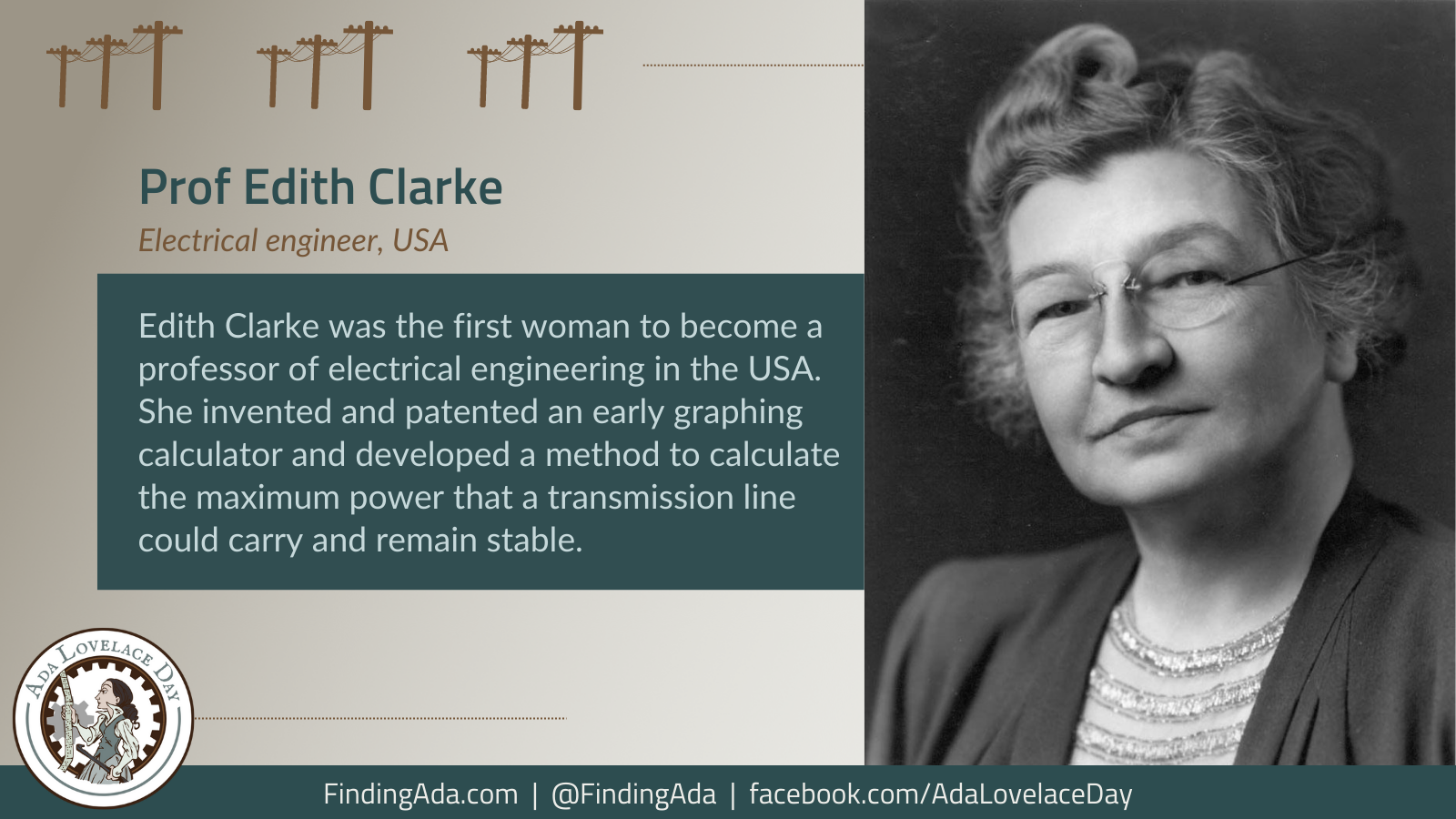
Professor Edith Clarke
Edith Clarke was an electrical engineer who was the first woman to become a professor of electrical engineering in the USA and developed a method to calculate the maximum power that a transmission line could carry and remain stable.
Clarke was born in Maryland in 1883. After being orphaned at the age of 12, she was raised by her sister and used her inheritance to study mathematics and astronomy at Vassar College. In 1911, she began studying civil engineering at the University of Wisconsin–Madison, but she took a summer job as a human ‘computer’ at AT&T at the end of her first year and enjoyed it so much that she stayed there to train other computers.
She studied electrical engineering at Columbia University in her evenings, then went on to become the first woman to earn a master’s degree in electrical engineering from the Massachusetts Institute of Technology.
She found it difficult to get work as an engineer after graduation, so worked for General Electric, supervising computers. She invented and patented an early graphing calculator, called the Clarke Calculator, which solved equations involving hyperbolic functions ten times faster than other methods.
In 1921, frustrated by a lack of opportunity and equality, Clarke moved to Turkey for a year to teach at the Constantinople Women’s College. When she returned to the USA, GE offered her a position as an electrical engineer, and she became the first professional female electrical engineer in the country.
She also became the first woman to present a paper at the American Institute of Electrical Engineers’ (AIEE) annual meeting. Her paper explained how to calculate the maximum power that a line could carry and remain stable, which became very important as the energy grid grew. The AIEE also awarded her the Best Regional Paper Prize in 1932 and the Best National Paper Prize in 1941, and her work underpinned much of the industry’s understanding of how to deal with power and transmission.
Clarke worked on the West Hoover Dam, developing and installing the hydroelectric turbines.
She also lectured GE engineers, and wrote a textbook based on those lectures, Circuit Analysis of A-C Power Systems, which became a standard text for years. In it, she describes the mathematical methods for addressing power system losses and electrical equipment performance.
In 1947, she became the first female professor of electrical engineering in the USA when she joined the Electrical Engineering Department at the University of Texas at Austin. She taught at Austin until her retirement in 1957
In 1948, she became the first female Fellow of the American Institute of Electrical Engineers, and was the first female full voting member in the American Institute of Electrical Engineers. In 1954, she was given the Society of Women Engineers’ Achievement Award. In 2015, she was posthumously inducted into the National Inventors Hall of Fame.
She died in 1959, aged 76.
Further Reading
- Edith Clarke, Wikipedia
- Edith Clarke, Edison Tech Center
- US1552113A – Calculator, Google Patents, 1921
- Five Fast Facts About Engineer Edith Clarke, Pat Adams, US Department of Energy, 19 March 2015
- The Engineer Who Foreshadowed the Smart Grid–in 1921, Melissa C. Lott, Scientific American, 30 March 2016
- 10 Things You Should Know About Edith Clarke, A Badass, Pioneering Electrical Engineer, Women You Should Know, 10 February 2018
- Edith Clarke: The First Female Electrical Engineer and Professor of Electrical Engineering, Christopher McFadden, Interesting Engineering, 25 March 2018
- Member Spotlight: Edith Clarke, Electrical Engineer, Jill S. Tietjen, Society of Women Engineers, 19 February 2019
- Introducing our Female Engineer of the month: Edith Clarke, University of North Texas Society of Women Engineers, 3 August 2019
- Edith Clarke, First Female Electrical Engineer, Rediscover STEAM: Medium, 12 March 2021
- Late, great engineers: Edith Clarke – America’s first woman engineer, The Engineer, 13 July 2021
